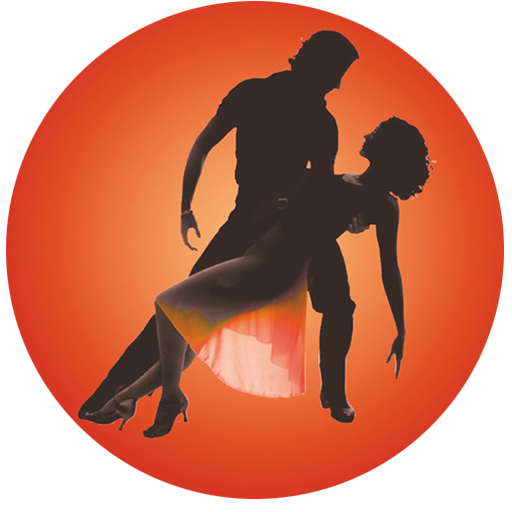THE PSYCHOLOGY OF DANCE
Dance is considered by many, especially those who have nothing to do with it, as a way to exercise the body and spend our free time fighting, at the same time, stress. In fact, dancing offers much more than many people think. Certainly, it is a pleasant way in which we can improve our body image. It offers strength, balance, flexibility, makes our body more resistant to germs and reduces the chances of suffering from serious diseases (osteoporosis, cancer, etc.).
Equally important are its benefits to our mental and spiritual health:
- While dancing, neurotransmitters are naturally released in the brain and endorphin and serotonin levels increase. As a result, stress is reduced and we are happier. Remind yourself how cheerful you leave after a dance lesson, or for those who are not members of a school, what well-being you feel when you put on music and dance at home.
- Contributes to our socialization. We meet people who have the same interests as us and we make new friendships.
- It takes us to a “world” that only those involved in dance can understand. In a world where we begin to understand what things are truly worthwhile, as a result of which we view our lives more optimistically.
- It helps us confront our emotions and express them. Especially for people who participate in dance performances, they are given the opportunity to experience all the intensity of their emotions on stage in front of the spectators’ eyes. Of course, sometimes we have to put aside our true feelings and express what each dance represents. Even then, however, we can see that the discomfort caused by a difficult situation in our daily lives can be converted into energy and, therefore, expressed through dance and help us improve in it. In dance we express not only joy, but also other emotions, such as anger and sadness. At this point, it should be noted that the same song or choreography can be expressed by each of us in a different way. So the moment someone expresses joy, someone else may be expressing anger.
- Apart from the sequence of movements in a choreography, the music that is heard at that time plays an important role, let alone when we dance to a favorite song. In other words, a beautiful choreography is not enough to “enchant” our mind and transport us to a world of our own.
- By seeing our bodies change and improve, we gain more confidence. Beyond that, we learn to love it more and more, because it is the means by which we bring out all our mental tension.
- It enables us to constantly set new goals and try hard to achieve them. Through this process, we see the limits of ourselves and transcend them. Sometimes we may realize that we are doing things we didn’t think we could do.
- It makes us more agile. During a choreography, we must be focused in order to present the movements in the order required and, indeed, each of them at a specific time. Also, the continuous teaching of new movements contributes to faster and easier learning of new things in our daily lives.
- We learn to operate within a group and to obey its rules, doing at that time what we should and not what we want. In other words, we become more disciplined.
- Finally, dancing, much more than reading, chess or other cognitive activities, reduces the chances of developing dementia later in life. This is because blood vessels work better, helping the brain better support cognitive functions.
It doesn’t matter if someone is professionally involved or doing it as a hobby to see the benefits of dance. Even 30 minutes of exercise a day is sufficient to positively affect our mental and spiritual world.
Eleftheria F., psychologist
